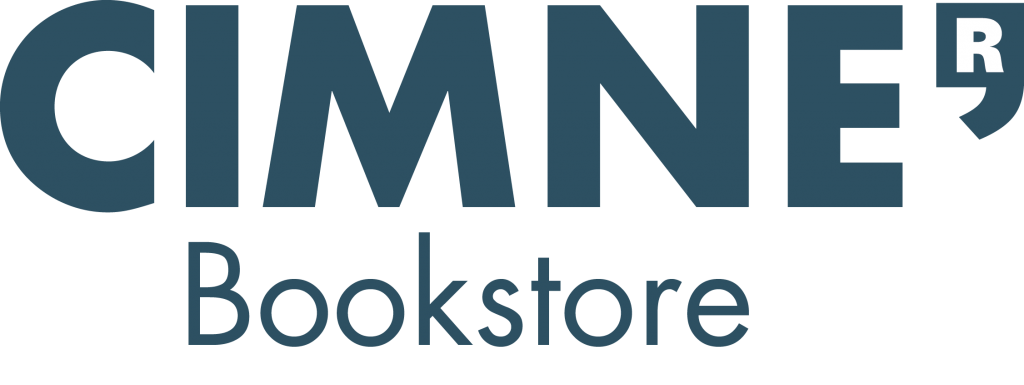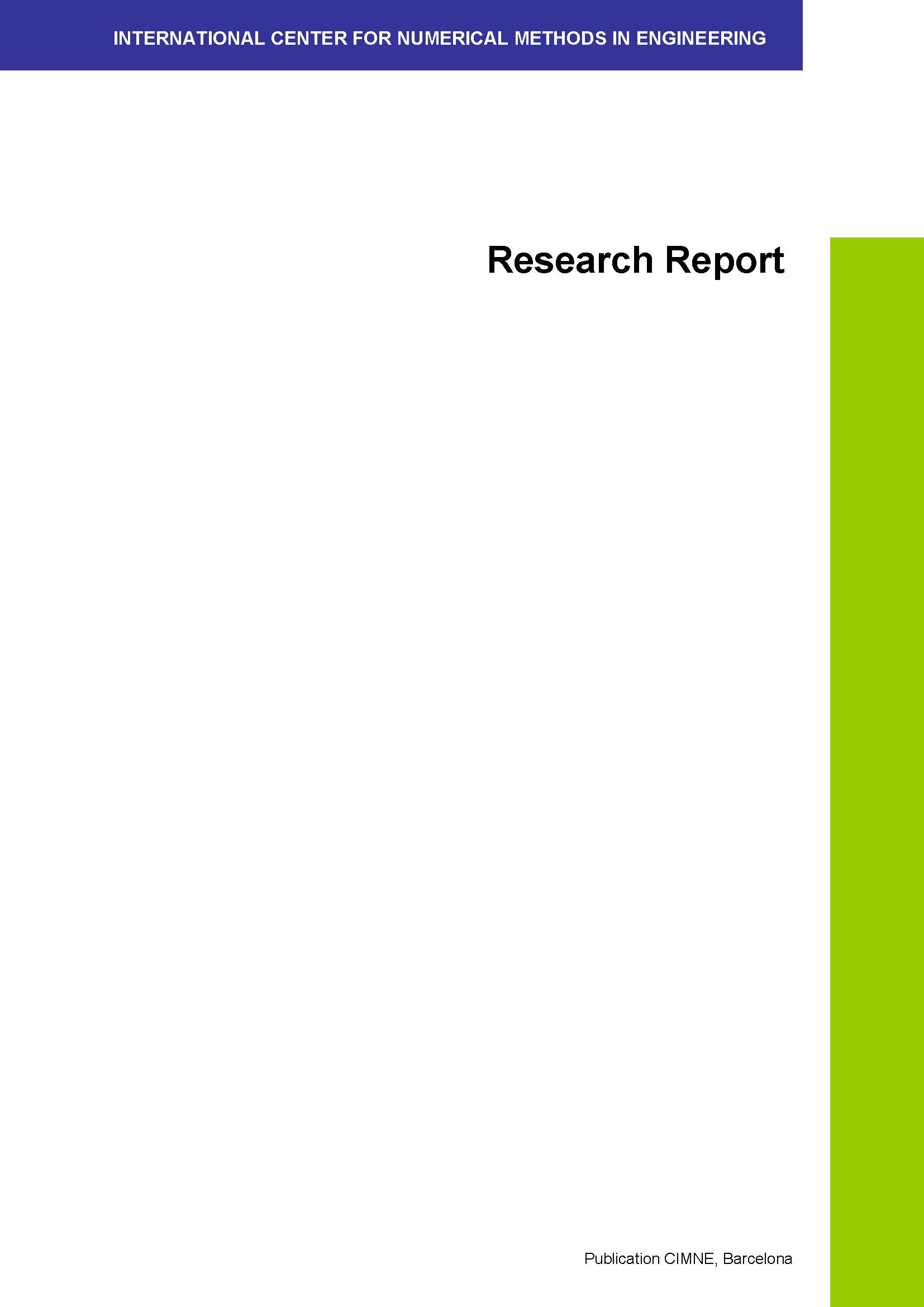Numerical validation of hemodynamic factirs in vascular diseases
FREE!
Research Report
Authors: M. Bordone, E. Oñate, E. SoudahEditorial: CIMNE
Year of publication: 2008
Pages: 127
Index: Chapter 1. Introduction; Chapter 2. Mathematical and physical theory; Chapter 3. The cases; Chapter 4. Aorta modeling like long and straight artery (Womersleys solution); Chapter 5. Steady Flow in an End to Side Anastomosis (graft bifurcation); Chapter 6. Pulsatile Flow in an End to Side Anastomosis (graft bifurcation; Chapter 7. Carotid bifurcation (pulsatile flow); Chapter 8. Idealized abdominal Aorta; Chapter 9. Real Carotid; Chapter 10. Real Aorta reconstruction; Chapter 11. Conclusions; Appendix A. MatLab Programs; Appendix B. TCL Statement; Appendix C. Tdyn; Graphics; References
Research Report
Authors: M. Bordone, E. Oñate, E. SoudahEditorial: CIMNE
Year of publication: 2008
Pages: 127
Index: Chapter 1. Introduction; Chapter 2. Mathematical and physical theory; Chapter 3. The cases; Chapter 4. Aorta modeling like long and straight artery (Womersleys solution); Chapter 5. Steady Flow in an End to Side Anastomosis (graft bifurcation); Chapter 6. Pulsatile Flow in an End to Side Anastomosis (graft bifurcation; Chapter 7. Carotid bifurcation (pulsatile flow); Chapter 8. Idealized abdominal Aorta; Chapter 9. Real Carotid; Chapter 10. Real Aorta reconstruction; Chapter 11. Conclusions; Appendix A. MatLab Programs; Appendix B. TCL Statement; Appendix C. Tdyn; Graphics; References
Description
Hemodynamic forces are very important determinants of the structure and function of the vascular system, during growth and development, as well as during adult life. Blood flow factors also play an important role in the localization of the atherosclerotic plaques, which can obstruct the lumen and prevent blood flow, and generates in artery wall the plaque degenerative processes. Understanding the nature and the interaction of the forces on the artery wall could make a significant contribution to prevent and to diagnostic a vascular disease. The human vascular system is composed by the heart and blood vessels, and functions in such a way as to supply each organ demands.

